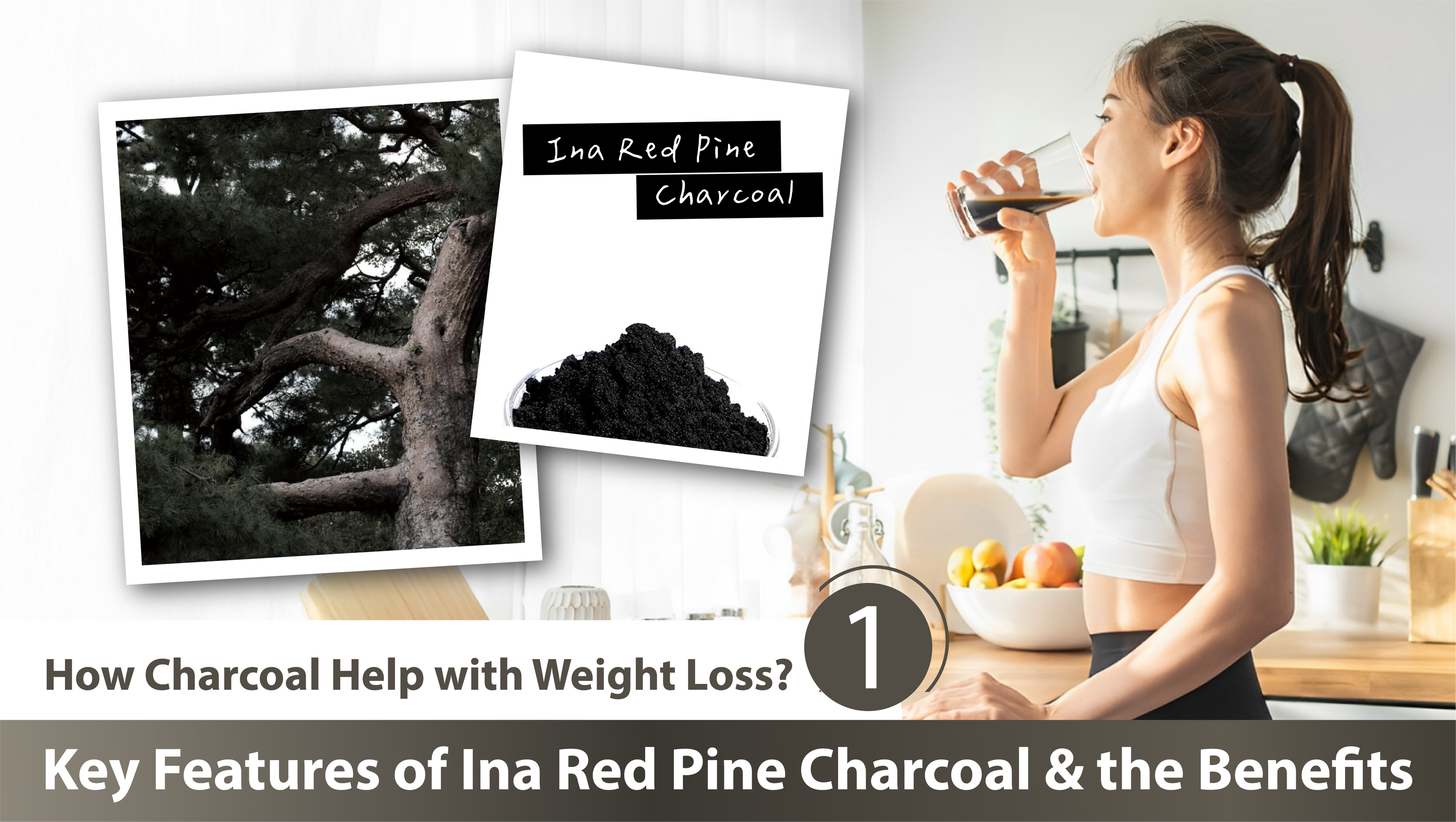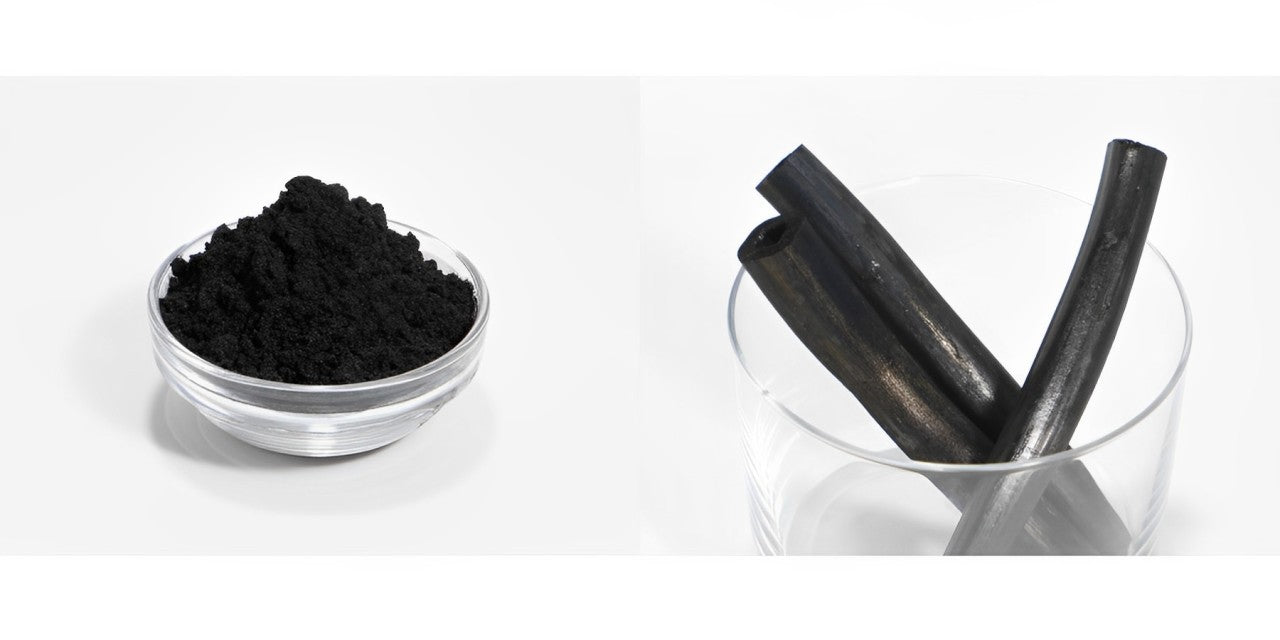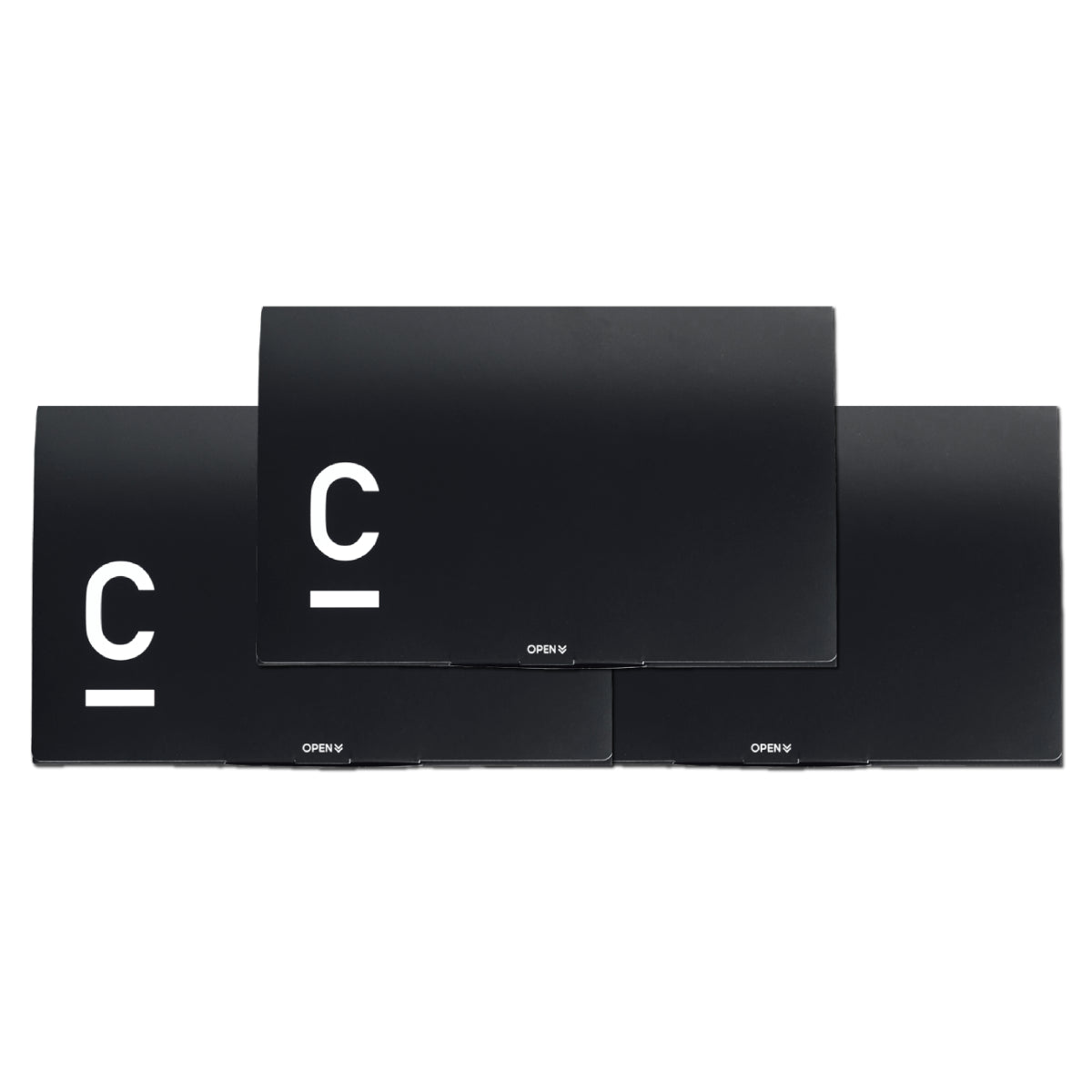Health Tips
➊ How Charcoal Help with Weight Loss?
Key Features of Ina Red Pine Charcoal & the Benefits
9 December 2024

Charcoal, as a natural and versatile material, has been utilized by humans for thousands of years. From cooking to cleaning and even applications in health and beauty, charcoal serves a broad range of purposes. In Japan, various specialized types of charcoal offer unique health benefits, particularly in weight management.
Over five consecutive days, Tenchi will introduce five renowned Japanese charcoal varieties: Ina Red Pine Charcoal, Binchotan, Kamakura Silicon Bamboo Charcoal, Plum Charcoal, and Bamboo Charcoal. This series will explore their production processes, characteristics, and roles in promoting fat burning and weight loss.
Ina Red Pine Charcoal

Ina red pine charcoal originates from the Ina region in Nagano Prefecture, Japan, and is crafted primarily from red pine trees. The red pines in this area are renowned for their sturdy wood. Through a meticulous carbonization process, these trees are transformed into high-density charcoal, preserving their unique natural qualities.
Production Process
Ina red pine charcoal is traditionally crafted by skilled local artisans who employ age-old methods. The red pine wood is placed in specialized kilns and subjected to high-temperature carbonization for several days. This meticulous process ensures the charcoal's exceptional quality, imparting remarkable absorption, breathability, and prolonged heat-release capabilities.
Key Features

1.Excellent Adsorption
Ina red pine charcoal boasts powerful adsorption properties, enabling it to effectively neutralize odors and absorb harmful substances. It is often used to purify air and water.
2.Stable Heat Effect
Due to its high density, this charcoal provides a consistent and long-lasting heat source, making it ideal for cooking. It enhances the flavor and texture of food during preparation.
3.Natural and Additive-Free
The production process avoids the use of chemical additives, making it safe for daily use and harmless to human health.
Benefits for Weight Loss
Although Ina red pine charcoal is not a direct weight-loss product, it plays a supportive role in weight management by contributing to various health improvements:
1.Boosting Metabolism
The charcoal releases trace amounts of negative ions, which are believed to enhance metabolic rates. A well-functioning metabolism helps the body burn fat more efficiently and increase calorie expenditure.
2.Improving Blood Circulation
By enhancing blood flow, Ina red pine charcoal facilitates the delivery of nutrients and oxygen throughout the body, which boosts energy levels and metabolic activity.
3.Detoxification
Thanks to its powerful adsorption properties, the charcoal aids in removing toxins and harmful substances from the body, including heavy metals and environmental pollutants. This reduces the burden on the body, improving overall health and indirectly aiding weight management.
4.Digestive Health
Ina red pine charcoal supports gut health by absorbing excess moisture and waste in the intestines, promoting smoother bowel movements. It helps alleviate constipation and bloating, essential factors in effective weight management.
5.Reducing Water Retention
Long-term use of Ina red pine charcoal can help decrease fluid retention, alleviating swelling and contributing to a slimmer appearance. The elimination of excess water results in reduced overall weight and a more defined body shape.
Ina red pine charcoal, a natural product with high density, excellent adsorption capabilities, and stable heat effects, offers more than everyday uses like air purification and heat energy. It also plays a role in supporting weight management through its ability to boost metabolism, improve circulation, detoxify, and reduce water retention. By enhancing the body’s natural metabolic functions, it provides a holistic approach to achieving healthy weight loss.
Tenchi Mall
C COFFEE Slimming & Body-Shaping Meal Replacement Coffee





-

Is Your Child Slow to Get Things Done? Suspecting Attention Deficit?
Learn MoreDoes your child often seem restless, unable to sit still, or take a long time to finish tasks? Many parents run out of patience when helping their children study or complete homework, sometimes mistaking this behavior for mischief and scolding them. However, it may actually be a result of Attention Deficit (AD). What are the symptoms of attention deficit, and how can this issue be addressed? Let us explain!
-

Learn This Trick! Easily Adjust Your Body to Become Slimmer!
Learn More"Losing weight is so hard." This is a sentiment many people share. For some, it even becomes a lifelong mission! Many resort to extreme methods like dieting in an attempt to shed pounds. At first, it may seem effective—people can lose 2 to 3 kilograms, or even more, in a short time. However, after some time, they hit a plateau. Once they resume regular eating, their weight rebounds, sometimes with serious health consequences.
-

Say No to Steroids! Eliminate Eczema and Restore Your Baby-Smooth Skin!
Learn MorePeople with eczema often need to use topical steroids to control their condition. However, even with prolonged itching, it's important not to overuse these medications. Scratching the affected areas can lead to skin damage and expand the eczema's reach. Fortunately, many skincare brands are dedicated to researching solutions for the itching associated with eczema. A patented ingredient developed in collaboration with Kyoto University and Osaka University in Japan can quickly relieve eczema symptoms, alleviate itching, and help restore the skin barrier to address the problem at its source.
-

Poor Memory in the Elderly ≠ Dementia: A Simple Action to Delay Brain Aging!
Learn MoreAs we age, it’s common for memory to decline—forgetting names or where things are placed can cause concern about early signs of dementia. However, according to Japanese dementia specialist Dr. Yukimichi Imai, age-related memory loss and dementia are not the same, and there's no need to worry excessively about occasional forgetfulness. So, how can you differentiate between normal memory loss and dementia, and what can you do to prevent it? Let's explore!

























